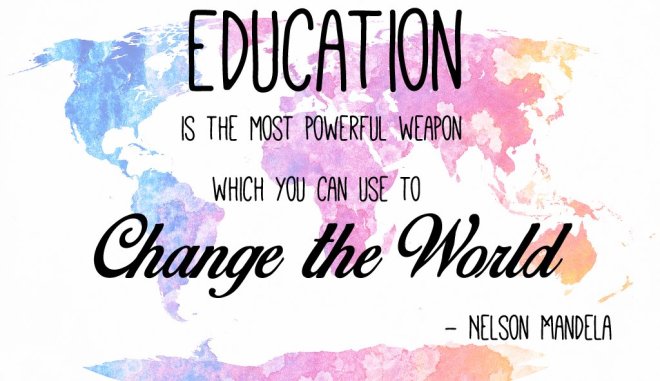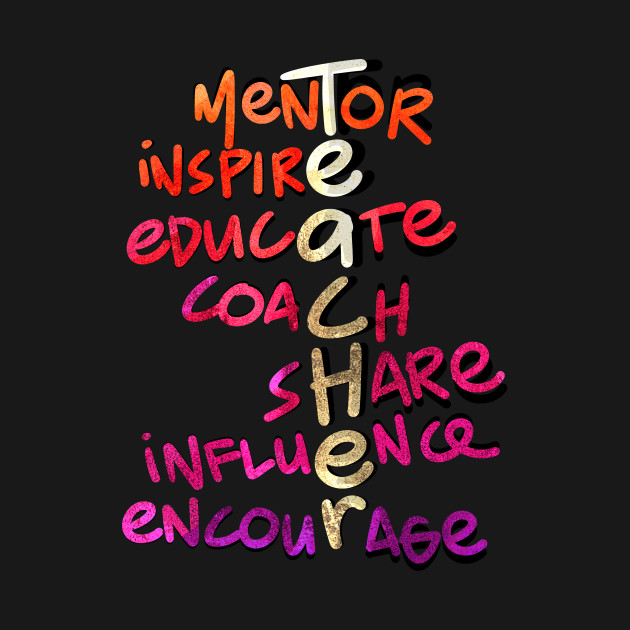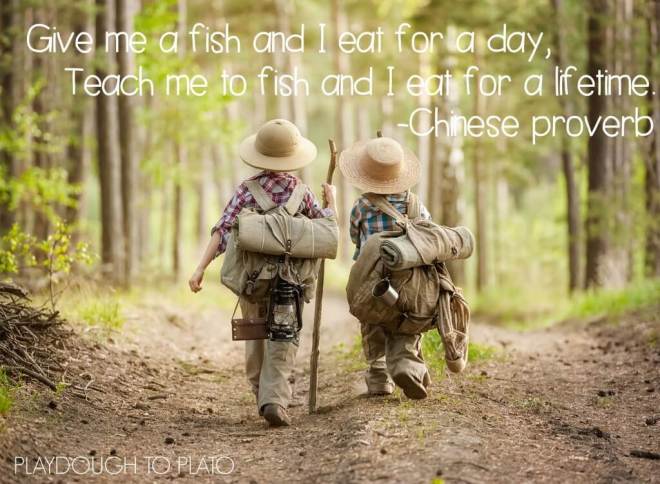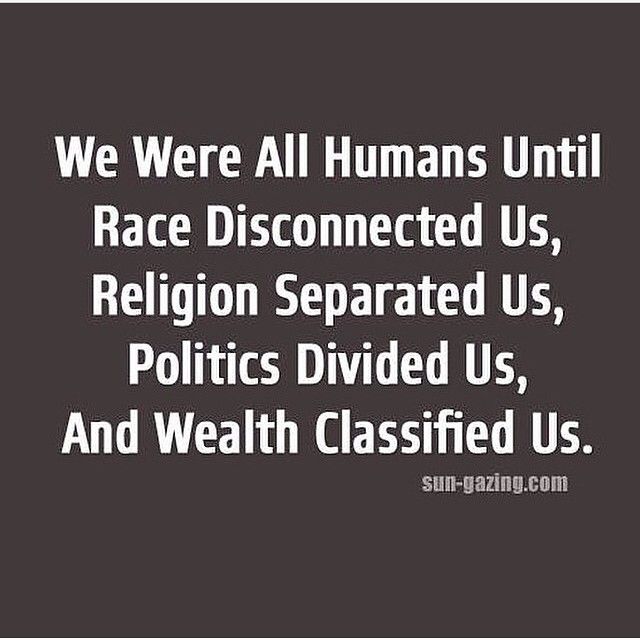For this assignment, I asked my boyfriend and my brother to also complete the three assessments so that they can assess and help me understand who I am as a communicator. Of course there were similarities and differences between my results as well as the two individuals who assessed me.
By taking the Communication Anxiety Inventory assessments this week, I learned that I am comfortable in some situations and/or events when it comes to communicating with other as well as social events. I also learned that there are still situations I myself am still nervous about and I still have to work on not only as a person, but also as a professional. By taking the Verbal Aggressiveness Scale assessment this week, I learned that I am in the moderate level. Therefore, I am respectful, considerate to others, but I can also learned that I can argue fairly by attacking facts not individuals to be able to communicate (Rubin, 2009). By taking the Listening Styles Profile assessment, I learned that I fall into group one and that I am a people oriented individual. Through this assessment, I learned that I am empathetic, concern about others emotions, and that listening styles helps me build relationships (Rubin, 2009).
My scores for the assessments were: Communication Anxiety Inventory 35, Verbal Aggressiveness Scale 62, and Listening Styles Profile 34. My boyfriends results were: Communication Anxiety Inventory 29, Verbal Aggressiveness Scale 62, and Listening Styles Profile 34. My Brother’s results were: Communication Anxiety Inventory 26, Verbal Aggressiveness Scale 68, and Listening Styles Profile 35. After looking at the scores I can see that there were similarities and differences when it came to the results. According to the two individuals who assessed me in the Communication Anxiety Inventory they believe that I am very comfortable communicating in most situations. I was surprised because I still feel that I get nervous in front of others no matter how many times I present or speak in front of crowds. But according to my boyfriend and brother they think that I am always prepared, that I am never nervous, and I know what I am doing. I believe this was a difference because I still believe I have things I need to work on, but they think I do not. I have to say that I was surprised that my results for the Verbal Aggressiveness Scale was only Moderate. I was confused because I believe I am an individual who tries to avoid confrontational situations and/or conversations as much as I can. As confused as I feel, I also feel at ease because the scores for all three results were in the same bracket and maybe the score are more accurate. The final score for the Listening Styles Profile were extremely similar and all under the people oriented group. I do believe the scores for all three assessments were similar because I believe I am a listener and that is why people sometimes open up to me very quickly. I do consider myself to be a good listener.
One insight I learned about communication this week is that at least the two individuals who are part of my daily life believe more in my abilities and skills as a communicator than I do. This makes me smile and allows me to gain more self confidence because others do believe in my capabilities as a person, educator, and professional. The second insight that I got from this assignment I learned that sometimes I can be more critical of how I communicate than others that interact with me really think. I also learned that, you develop a self concept by thinking about your strengths and weaknesses, observing your behavior in a wide variety of situations, witnessing your own reactions to situations, and watching others reactions to you (O’Hair, 2015). I believe that the insights I learned from the assessment results will help better my communication skills not only in personally, but also professionally. After taking these assessments I can think about how I can better communicate with individuals in different situations. I need to really think how am I influencing others through communication. Most communication is influenced in one way or another (O’Hair, 2015). As an educator I can continue to impact and make a difference with children and their families through communication and the more aware I am of my communication skills the better resource and guide I can become for them.
Resources:
O’Hair, D., Wiemann, M., Mullin, D. I., & Teven, J. (2015). Real Communication (3rd. ed). New York: Bedford/St. Martin’s.
Rubin, R. B., Palmgreen, P., & Sypher, H. E. (Eds.) (2009). Communication research measures: A sourcebook. New York: Routledge.
- “Communication Anxiety Inventory”
- “Verbal Aggressiveness Scale”
Rubin, R. B., Rubin, A. M., Graham, E. E., Perse, E. M., & Seibold, D. R. (Eds.) (2009). Communication research measures II: A sourcebook. New York: Routledge.
- “Listening Styles Profile-16”





